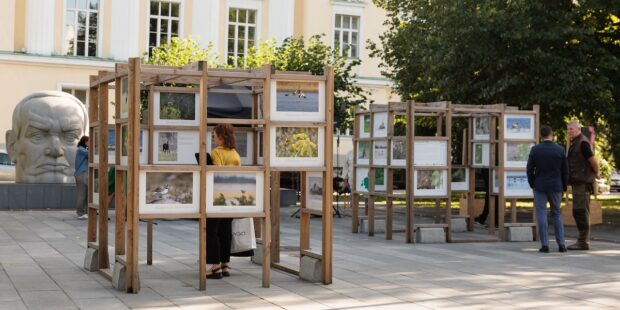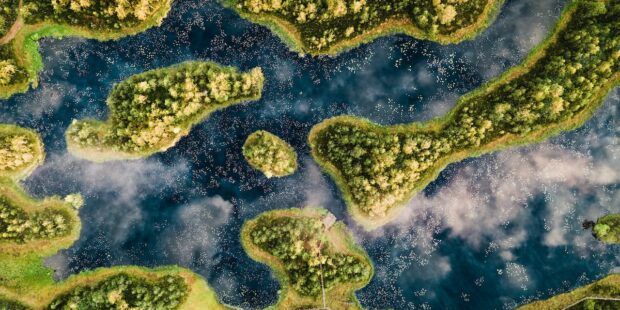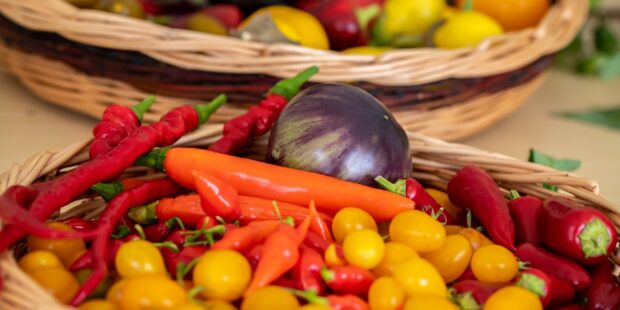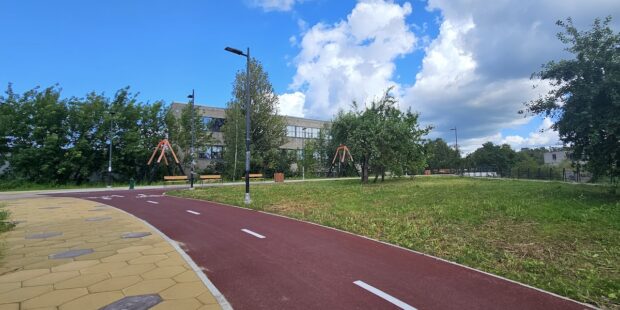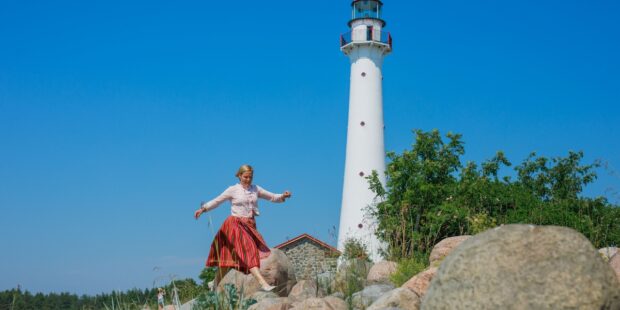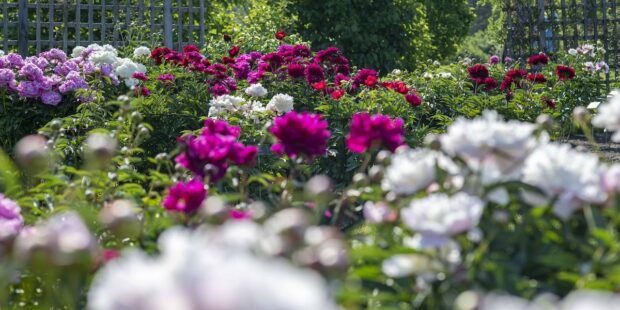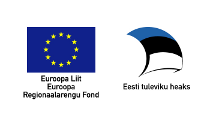Two National Parks in Virumaa Offer Visitors a Wonderful Nature Experience
Text Mikko Virta Photos Remo Savisaar, Jorge Jiménez, Tanel Murd
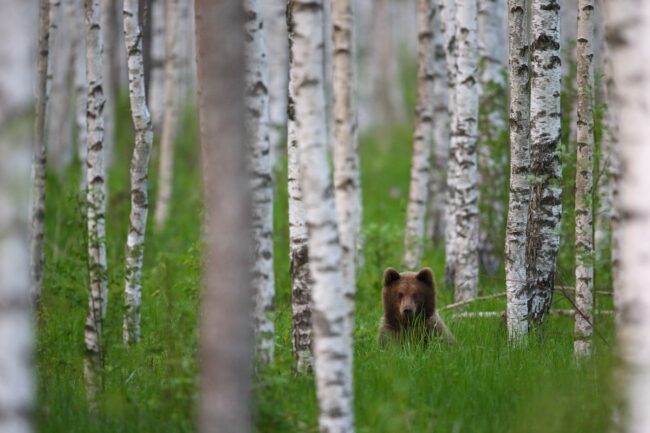 This honeyeater surprised photographer Remo Savisaar during his trip to Alutaguse. Savisaar was able to photograph this magnificent wilderness inhabitant in complete peace. Alutaguse is indeed a real bear kingdom. Photo: Remo Savisaar
This honeyeater surprised photographer Remo Savisaar during his trip to Alutaguse. Savisaar was able to photograph this magnificent wilderness inhabitant in complete peace. Alutaguse is indeed a real bear kingdom. Photo: Remo Savisaar
A duck feasting on cranberries caught the attention of a nature guide
Signe Ohakas, who works as a nature guide for the Wanderlust Matkad company in Lahemaa National Park, says she visited Lahemaa as a little girl. The first time she remembered the Palmse Manor, the Käsmu Devil’s Field, and the endless forests.
Today, Ohakas likes Lahemaa’s diversity. “There is a lot of forest here, but there are also bogs, capes, and islands. And old fishing villages, manor culture, and boulders that were transported from Finland during the Ice Age.”

According to her, Lahemaa’s great advantage is its proximity to Tallinn, from which the national park can be reached in an hour. So a day trip is easy. The connection to Finland is interesting. People used to go fishing from Lahemaa to Finland, and local villagers have practiced the zebra trade, or bartering, across the Gulf of Finland over time, she says.
The name Lahemaa also has a link to Finland. The name was first used by the Finnish geography Professor Johannes Gabriel Granö, who worked at the University of Tartu in the 1920s.
Signe Ohakas, who often visits Lahemaa with groups, says that she especially enjoys hiking trips to forests and bogs. The trip is crowned by a feast in the lap of nature. She spends a lot of time in nature, and says that experiences come to her everywhere. “It’s an experience for me to watch how hikers notice and learn something new in nature. Or it’s an experience when I see a bog red with cranberries or a duck feasting on cranberries. I didn’t even know that ducks ate cranberries before.”
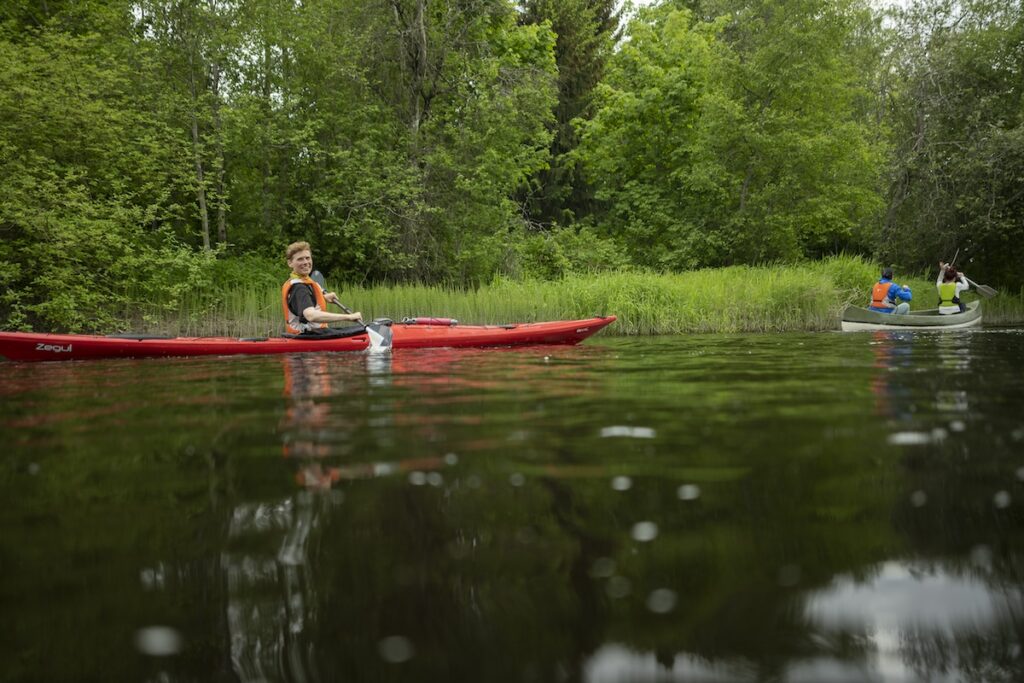
She has many favourite places in Lahemaa. One of them is the Majakivi–Pikanõmmi nature trail, which has different types of bogs, an old forest, and a high observation tower on top of a hill. “There’s also a Majakivi boulder the size of a house, which you can climb up the stairs to.”
She also mentions the Käsmu Devil’s Field, which is the largest of its kind in Northern Europe. The Käsmu Captains Village has an interesting history, so it’s worth visiting the Käsmu Maritime Museum, Ohakas suggests. The northernmost corner of the Estonian mainland, the Purekkari Peninsula, is also impressive. “You feel like you’re on the edge of the world there.”
Ohakas likes how nature, history, culture, and village communities are closely intertwined in Lahemaa. She recommends going to one of Lahemaa’s idyllic villages or manors. Lahemaa’s museums also allow you to get close to nature. “The Sagadi Museum has a recently renovated forest museum, the interactivity of which will take you away. There are RMK nature centres in Oandu and Palmse, where you can get practical tips and maps for hiking in Lahemaa.”

“I had to choose between a great grey owl or a bear.” —Alutaguse offered its best to the photographer.
Alutaguse National Park has become an important place for nature photographer Remo Savisaar. My first trip to Alutaguse in 2013 has left a deep impression on my mind. “At the time, I was a guide for an Italian nature photographer. Previously, I had only driven through Alutaguse. I remember the days I spent there well and the species I observed. The highlight of the trip was definitely my first flying squirrel, and the call of a barn owl that I had heard before that. A month later, I returned to Alutaguse, this time to photograph bears.”
According to Savisaar, what makes Alutaguse special is the diversity of nature and old forests. “Alutaguse has very little human settlement, and there are still many old forests. The landscape is varied, and offers shelter to many species. It is a real bear kingdom—and not only that. In Alutaguse, you can encounter the extremely rare great grey owl, of which only zero to three pairs breed in Estonia.” Bears are a common sight in Remo Savisaar’s photos. Many of them were taken in the wilderness of Alutaguse, and most of the time spontaneously without a hiding place. So a nature photographer with experience in bear stories is enough.
One of the most memorable bear stories happened when Savisaar was photographing great grey owls. A large bear appeared from the forest near the photographer. “I decided to sneak up on the bear and try to take a few pictures, but at the same time keep an eye on the great grey owl, because it was still a priority. The plan worked, and later the bear disappeared into the forest. I focused on the great grey owl again, but suddenly I noticed another bear behind me. And in a really good place. Then there was a dilemma—should I choose the great grey owl or the bear as my subject? I thought for a moment, and decided to focus on the great grey owl.”
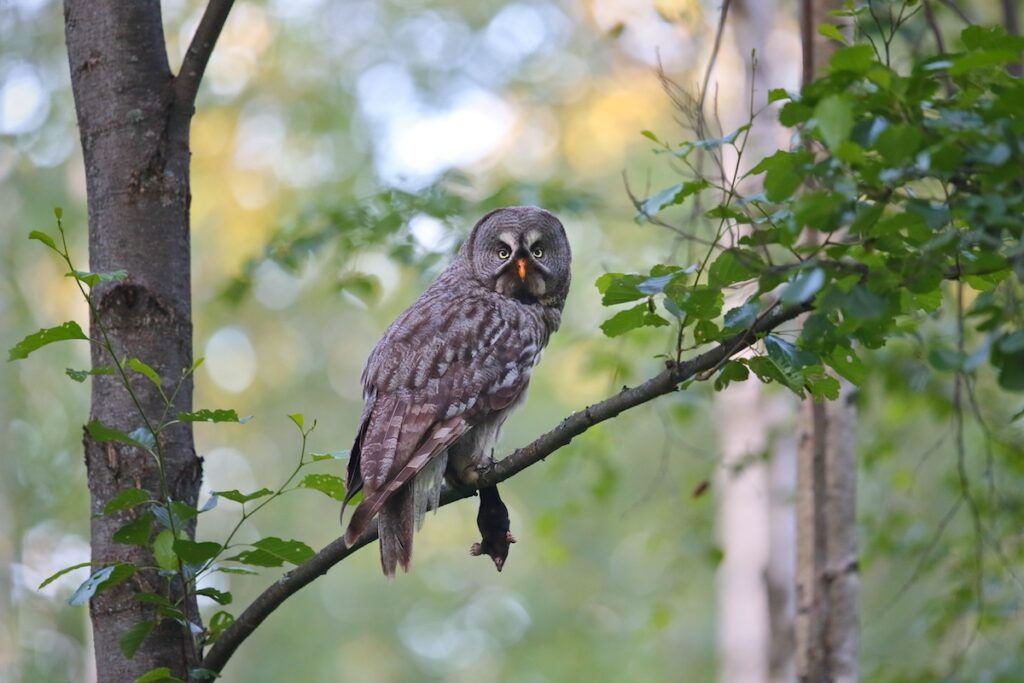
“Later, when I was walking to the car, my thoughts were still on the bear, which had been near the great grey owl’s nesting forest. I decided to investigate the birch grove where the bear might be. And there the bear was, only 25–30 meters from the great grey owl’s nesting tree. The bear was sitting in a clump of saplings, and exploring the surroundings.”
Savisaar was able to photograph the bear in complete peace. So the Alutaguse photography trip was a success, and at the same time the bears had made a lasting impression on the man.
Savisaar says that he spent many months at a time with the great grey owls. “One of my photography projects started in April, and lasted until September. I saw how the great grey owl chicks developed into adults, and left their nests,” he says. “I visited Alutaguse over a hundred times during the photography project. It was a great privilege to become part of the owls’ lives, and experience impressive moments in nature.”
Savisaar has many favourite places in Alutaguse. One of them is the old primeval forest of Poruni. “I always want to go there again. Poruni is a beautiful and species-rich forest area.” Savisaar also recommends Poruni forest to Finns, but reminds them that there is a lot to see on the way there. It is worth hiking, for example, to the Selisoo pine trees and the shores of Lake Peipus.
The nature photographer has one important tip: “I definitely recommend going on a hike early in the morning—then you can see and hear more!”
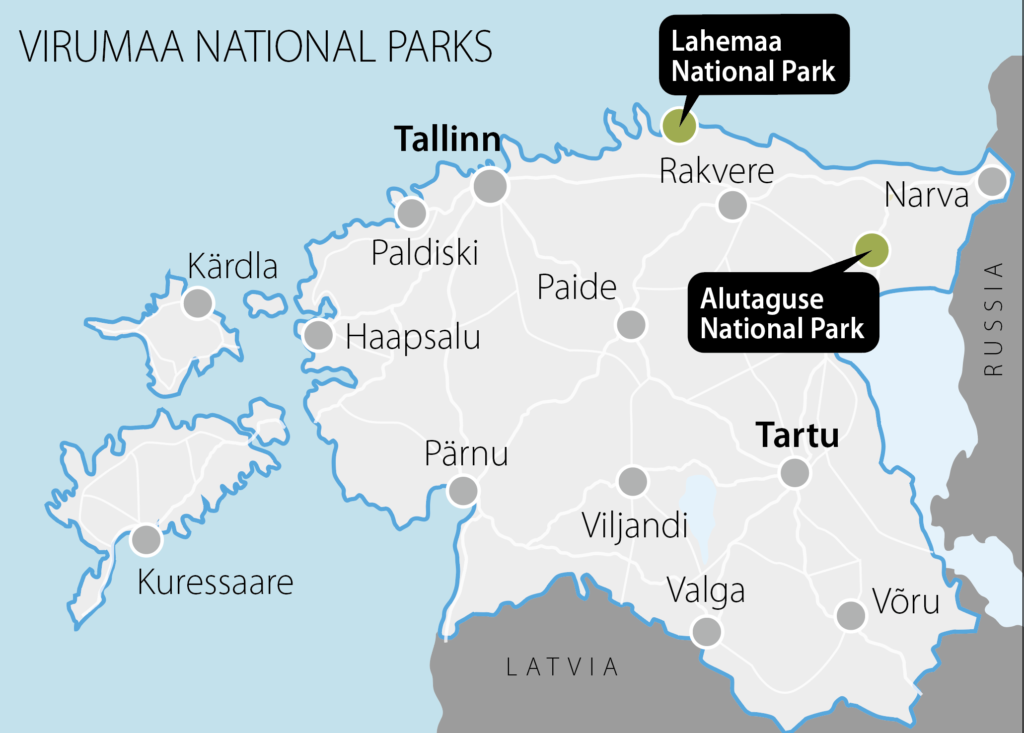
Lahemaa National Park
- The Lahemaa manors of Palmse, Sagadi, Vihula, and Kolga are popular destinations in the national park.
- Lahemaa is known for its charming seaside villages, including Käsmu, Altja, Viinistu, Vergi, and Võsu.
- 73% of Lahemaa’s land area is forest.
- Established in 1971, Lahemaa was Estonia’s first national park.
- The Matkatee hiking trail, which runs through the entire length of Estonia, starts from Oandu, with the other endpoint being Ikla on the Latvian border. It is 370 kilometres from Lahemaa.
- The national park’s nature centre is located in connection with the Palmse manor.
- Read more: visitlahemaa.com and rmk.ee.
Alutaguse National Park
- Located on the eastern border of the EU, the national park is bordered by the Narva River to the east, and Lake Peipus to the south.
- The Alutaguse region has been called the Siberia of Estonia because the forests in the area are part of a coniferous forest zone that extends all the way to Siberia. Alutaguse is also home to many northern species, such as great grey owls, grouse, and common grebes.
- The Puhatu, Agusalu, and Muraka bogs of the national park together form a huge bog complex. You can hike in the bogs on the Seliso and Kotka nature trails.
- The Smolnitsa dune area on the shores of Lake Peipus has been incorporated into the national park.
- One of the most unique sites in Alutaguse is the old Poruni forest, where linden trees that are a couple of hundred years old grow. You can explore the forest on a nature trail.
- The most popular hiking area in Alutaguse is the Kurtna, a lake powerhouse, with dozens of lakes.
- The national park’s nature centre is located in Kaukki, near Lake Peipus.
- Read more: rmk.ee
Photos by Remo Savisaari, blog.moment.ee.
To learn more about this and similar topicsAlutaguse Lahemaa National Parks in Virumaa


